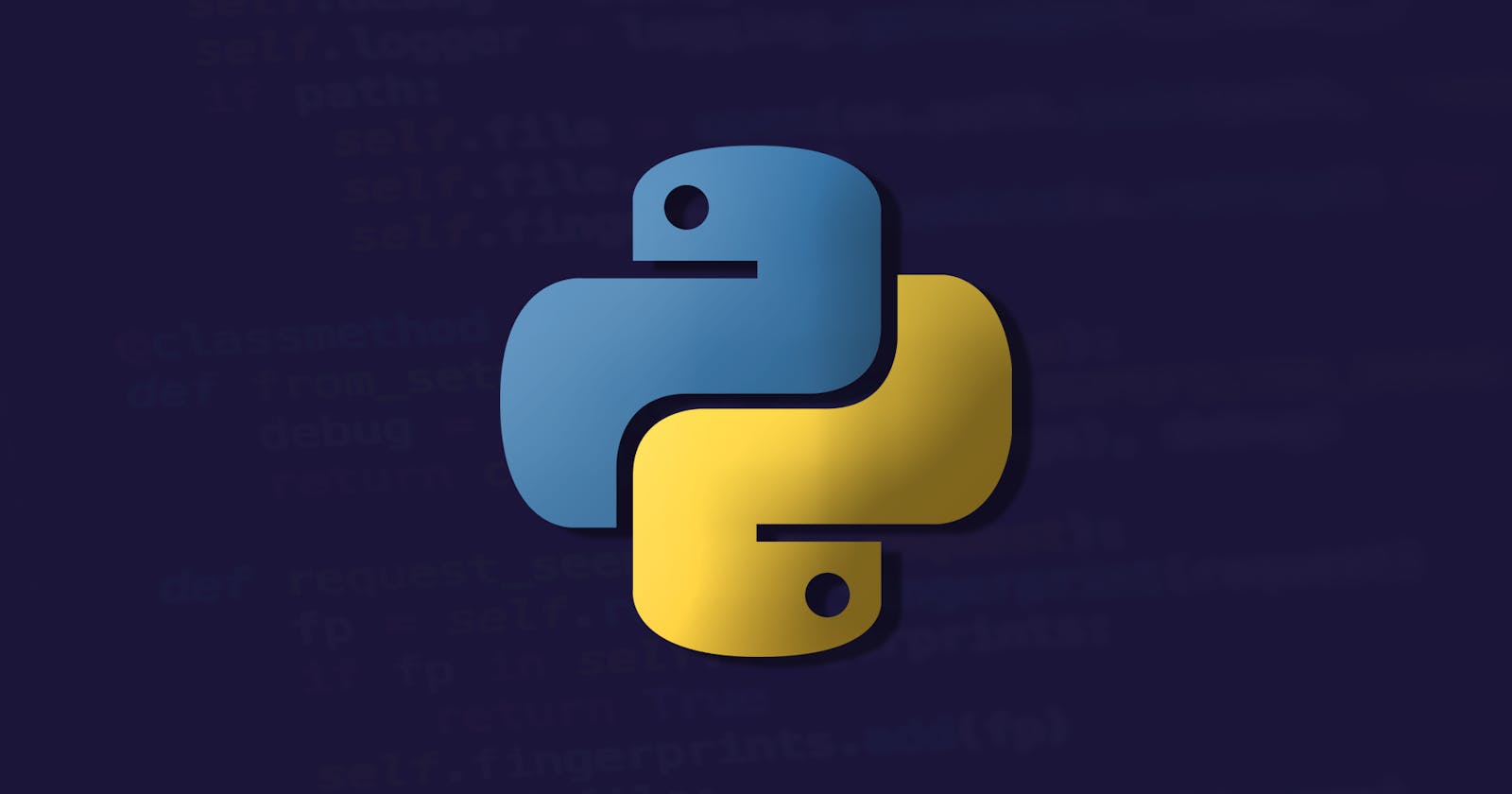Table of contents
No headings in the article.
Are you considering learning Python? Good choice! It’s a very popular programming language and has been for a while. In fact, it’s expected to remain popular for years to come. This article will dive into why that is and what makes Python such an excellent programming language. Do you want to know more? Read on… Readers who are comfortable with basic programming concepts like variables, functions, and loops will find this article accessible. However, no previous knowledge of Python is assumed, so even if the specifics are unfamiliar, everyone should still be able to follow along. Let’s get started...
What is Python? In short, Python is a programming language. It’s used to write instructions for computers—programs that automate certain tasks, help manage data, and modify user interfaces. The language was created by Guido van Rossum in the late 1980s. At the time, computer scientists were starting to discover that many different types of languages were being used to write different programs. This caused problems because it wasn’t easy to transfer code between different kinds of software. The global push for “one language to rule them all” led to what’s known as the “software crisis.” Programmers had to find a common ground. In many places, the government stepped in to help foster a solution. In the U.S., the National Science Foundation funded a project at Carnegie Mellon University (CMU) to create a language that could be understood by scientists and engineers from different industries. Python was the result of that project. It’s now one of the most common languages in the world, used in industries from scientific research to web development.
Why is Python so popular? There are a few reasons why Python has become so popular. For one thing, it’s very easy to learn. Python has a low barrier to entry, so it’s a great language for beginners. It’s also easy to read and understand. Like many other programming languages, Python has a syntax (grammar and sentence structure) that you follow. But it’s clear and concise, which makes it easy to understand as a reader. With many other languages, you might have to use a computer to parse the code and figure out what it does. Python has a very forgiving syntax. You can often get away with writing code that’s messy and confusing. This is especially true for new programmers, who are still learning the basics. Once you get a few months of experience under your belt, it’s often best to start writing cleaner code. But if you tried to use a stricter language like Java or C++ as a beginner, you would get frustrated and give up.
How has Python changed programming? Because it was developed to be understandable by many different types of people, Python has helped break down barriers between industries and types of programmers. Its simplicity has also helped it become a common teaching language for universities and computer science programs. Because it’s easy to learn, people can start with Python before moving on to more advanced languages like C++ and Java. That ease of learning has also helped foster a community of people who are interested in computer programming. This can be a great starting point for those who have never programmed before. It’s like a gateway drug to get more people interested in programming. From there, they can learn more advanced languages and gain more skills.
What can you build with Python? Python is a general-purpose programming language. This means that it’s not specialized for a certain type of software. It can be used to write everything from website interfaces to robotics software. You can even use Python to create artificial intelligence software. There are also many different tools and libraries you can use to extend the functionality of Python. These can be helpful for building specific types of programs. One particularly useful library is called Scikit-Learn. It’s used for data science and machine learning. Another tool, called TensorFlow, is used for computer vision applications. You can use Python to build almost anything, which means you’re not limited to a certain type of software when choosing a programming language.
Pros and cons of learning Python As with any technology or skill, there are both pros and cons to learning Python. The most notable pro is that it’s extremely flexible. Python can be used for everything from website interfaces to robotics software. So if you want to start with one thing and move on to another, you can. There’s also a large community of people who use Python for all sorts of things. This makes it easy to find help and advice when you get stuck. You can connect with other programmers on social media or in online forums. There are also many online communities where you can find people in real life who are interested in Python.
Final words Like any skill, programming takes time and practice to master. If you’re just getting started with Python, expect a lot of challenges. It can be frustrating sometimes, but keep pushing through. Every challenge and failure is an opportunity to learn and grow. After some time, you’ll start to see results. You’ll be able to build things that you couldn’t before. You’ll be able to create software that makes you more productive. Python is a great language for building software, and it has a bright future ahead of it. After learning Python, there are lots of other programming languages that you can learn from. This is how programming works—you get better at it by learning different things.
